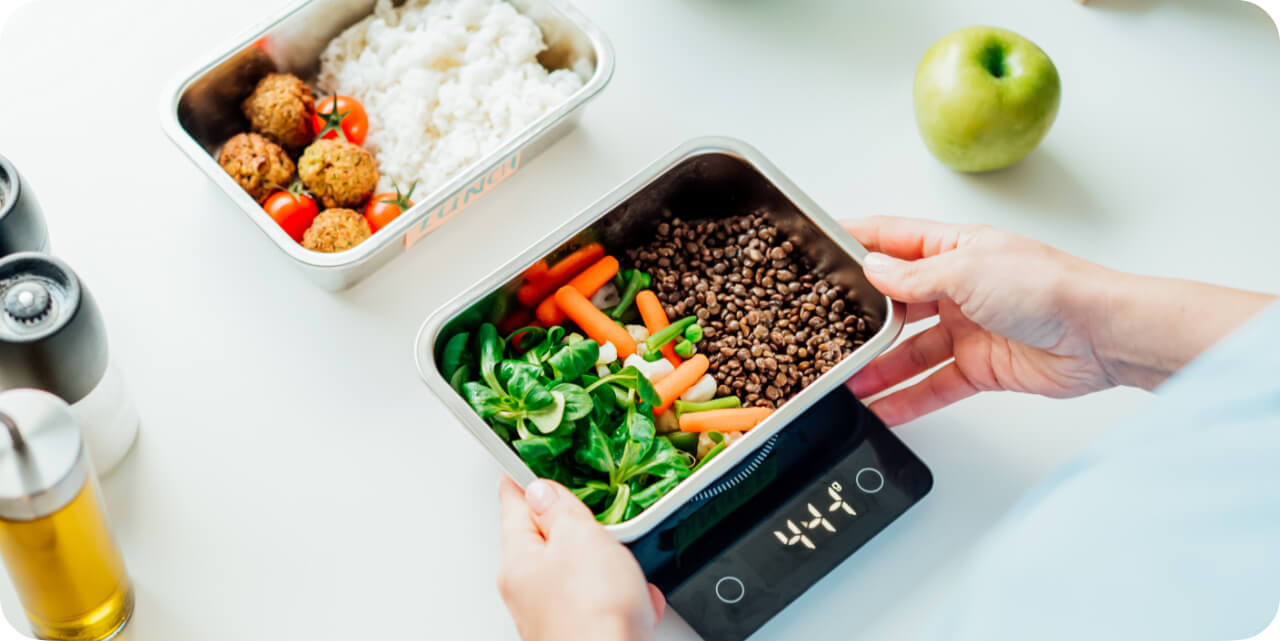In the quest for weight loss, understanding and managing your calorie intake is paramount. This comprehensive guide will navigate you through the process of counting calories effectively to shed unwanted pounds, supported by scientific insights and practical tips. Furthermore, discover how Hells Burner, a supplement enriched with Yohimbine HCL, can be a valuable ally in your weight loss journey.
Understanding Calories
Calories are the energy units found in food and beverages, essential for sustaining life and fueling physical activities. However, consuming more calories than your body burns leads to weight gain. Thus, to lose weight, creating a calorie deficit is crucial—consume fewer calories than your body requires.
Calculating Your Caloric Needs
1. Determine Your Basal Metabolic Rate (BMR)
Your BMR is the number of calories your body needs to perform basic life-sustaining functions. Use the Harris-Benedict Equation to estimate your BMR:
- For men: BMR = 88.362 + (13.397 x weight in kg) + (4.799 x height in cm) – (5.677 x age in years)
- For women: BMR = 447.593 + (9.247 x weight in kg) + (3.098 x height in cm) – (4.330 x age in years)
2. Adjust for Activity Level
Multiply your BMR by the appropriate activity factor to account for your daily physical activity:
- Sedentary (little to no exercise): BMR x 1.2
- Lightly active (light exercise/sports 1-3 days/week): BMR x 1.375
- Moderately active (moderate exercise/sports 3-5 days/week): BMR x 1.55
- Very active (hard exercise/sports 6-7 days a week): BMR x 1.725
- Extra active (very hard exercise/sports & physical job): BMR x 1.9
This adjusted number represents the total calories you need to maintain your current weight. To lose weight, create a deficit by consuming fewer calories than this number.
Tracking Calories for Weight Loss
1. Use a Food Diary
Documenting everything you eat and drink in a food diary can significantly enhance your awareness of your caloric intake and help you stay within your target calorie range.
2. Understand Food Labels
Reading and interpreting nutritional information on food labels is essential for accurate calorie counting. Pay attention to serving sizes and the number of servings per container.
3. Embrace Technology
Several apps and websites can simplify calorie counting by providing nutritional information for various foods and tracking your daily intake.
Incorporating Hells Burner
Adding Hells Burner to your regimen can further enhance your weight loss efforts. Containing Yohimbine HCL, a compound known for its fat-burning properties, Hell’s Burner can help boost your metabolism and fat loss when combined with a calorie-controlled diet and exercise program.
Balancing Macronutrients
While counting calories is vital, ensuring a balanced intake of macronutrients (proteins, fats, and carbohydrates) is equally important for healthy weight loss. Aim for a diet rich in whole foods, such as fruits, vegetables, lean proteins, and whole grains, while limiting processed foods and sugary drinks.
Staying Hydrated
Water plays a critical role in metabolism and helps fill you up before meals, potentially reducing your overall calorie intake. Aim for at least 8 glasses of water a day, more if you’re active or live in a hot climate.
Regular Exercise
Incorporating regular physical activity into your routine not only burns calories but also improves your overall health and well-being. Combine cardiovascular exercises with strength training to maximize fat loss and muscle preservation.
Conclusion
Counting calories is a proven strategy for weight loss, offering a clear framework for managing your diet. By understanding your caloric needs, tracking your intake, and incorporating supplements like Hell’s Burner, you can effectively create the calorie deficit required for weight loss. Remember, consistency and a balanced approach to diet and exercise are key to achieving and maintaining your weight loss goals.
Related Posts
30/12/2024
Yohimbine HCL vs Other Fat Burners: Which is Best?
When it comes to shedding stubborn fat, the market is flooded with fat burners promising quick results. But with so…
19/12/2024
Yohimbine HCL for Cutting Phases: The Ultimate Fat Loss Tool
When it comes to cutting phases, the struggle is real. Shedding those last few pounds of stubborn fat can feel like an…
07/12/2024
How to Maintain Muscle While Burning Fat: Tips and Supplements
Achieving a fit, defined physique isn’t just about dropping weight; it’s about ensuring that weight loss focuses on…
25/11/2024
Top Benefits of Yohimbine HCL for Weight Loss
Yohimbine HCL has rapidly gained attention among fitness enthusiasts and those aiming for effective weight loss. But…
13/11/2024
Top Benefits of Yohimbine HCL for Weight Loss and Performance
Yohimbine HCL is an increasingly popular supplement among fitness enthusiasts and those aiming for weight loss. But…
01/11/2024
How to Control Cravings and Support Weight Loss with Natural Supplements
Let’s face it, weight loss is hard – especially with cravings getting in the way! Natural supplements can be a…
20/10/2024
Intermittent Fasting for Beginners: A Step-by-Step Guide to Fat Loss
Intermittent fasting (IF) has become one of the most effective ways to lose fat while still enjoying your favourite…
08/10/2024
Ozempic (Semaglutide) Great for Weight Loss?
In recent years, Ozempic, a drug known primarily for managing type 2 diabetes, has been gaining attention for its…
26/09/2024
A Beginner’s Guide to Mindful Eating
In today’s fast-paced world, eating often becomes a mindless activity. We eat on the go, in front of screens, or while…











